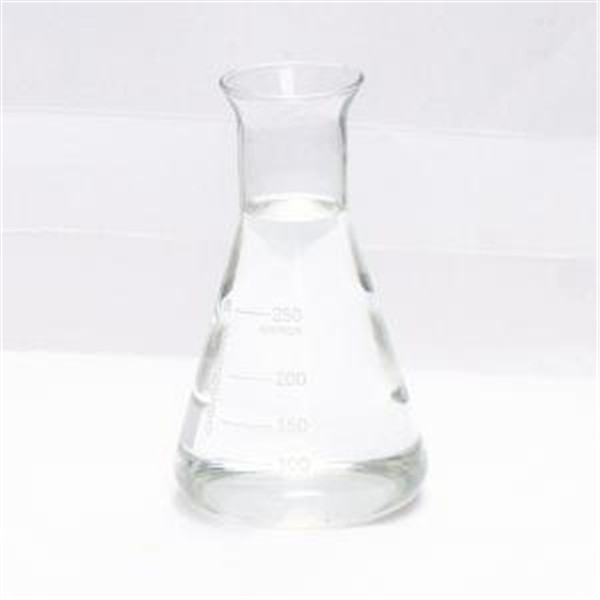Organophosphate esters, commonly used as substitutes for brominated flame retardants, are increasingly present in various environmental media due to their use in consumer products. Humans are exposed to these chemicals through several pathways, and they can cross the placental barrier, possibly affecting the growth of offspring. The early years of life are crucial for long-term health and development, making it essential to understand the impact of these exposures.
A study (https://doi.org/10.1016/j.eehl.2023.07.003) released on July 15, 2023, in Eco-Environment & Health offers new insights into how exposure to organophosphate esters (OPEs) before birth affects a child's growth in the first two years. Involving 804 mother-child pairs, the study highlights how OPEs differently impact boys' and girls' growth, an important area that hasn't been much studied before. 563-47-3

In the study, researchers explored how being exposed to organophosphate esters (OPEs) - chemicals often found in consumer products - before birth can affect a child's growth in their first two years. The study, involving 804 mother-child pairs, found distinct growth patterns in children based on their exposure to OPEs during pregnancy. Boys with higher levels of tris(2-butoxyethel) phosphate (TBEP) tended to have larger head sizes early on. Girls with more tris(2-chloro-1-(chloromethyl) ethyl) phosphate (TDCPP) showed increased growth in length and weight, especially noticeable at 9 months. Advanced modeling was used to track these growth patterns, showing that higher OPE exposure in the womb led to faster growth rates in children. These findings remained strong even when considering factors like preterm births and breastfeeding. This study highlights how early exposure to environmental chemicals can significantly influence early growth and development, providing new insights into long-term health effects.
•Organophosphate ester (OPEs) were detected in serum samples of pregnant women, and tributyl phosphate (TBP) was the most frequently detected OPEs.
•Prenatal exposure to TBP, tris(2-butoxyethyl) phosphate (TBEP), and tris(2-chloro-1-(chloromethyl) ethyl) phosphate (TDCPP) were positively associated with infant growth trajectories.
•Female infants were more sensitive to OPE exposure than males.
The lead researcher of the study, Dr. Yunhui Zhang, emphasized the importance of this research, stating, "Understanding how prenatal exposure to OPEs affects child growth trajectories offers us critical insights into long-term health programming and potential risks, particularly in light of the sex-specific impacts observed."
These findings highlight the need for heightened awareness and further research into the health impacts of prenatal exposure to OPEs. Understanding these sex-specific effects is crucial for developing targeted public health strategies and guidelines to mitigate potential risks associated with OPE exposure.
Wang, H., et al. (2023). Sex-specific effects of organophosphate ester exposure on child growth trajectories in the first two years. Eco-Environment & Health. doi.org/10.1016/j.eehl.2023.07.003.
Posted in: Child Health News | Medical Research News
Tags: Breastfeeding, Chemicals, Children, Esters, Pregnancy, Prenatal, Public Health, Research, Technology, Womb
SCIEX’s Reveals How They're Setting New Standards in Mass Spectrometry at SLAS 2024.
In this interview, Chris Roberts of Aventa Genomics highlights the groundbreaking Aventa FusionPlus test, detailing its superior ability to detect gene fusions in cancer diagnostics and its pivotal role in advancing personalized oncology treatments.
Keith Olson and Coby Carlson
In this interview, we speak to Keith Olson and Coby Carlson from Fujifilm Cellular Dynamics about their iPSC technology.
News-Medical.Net provides this medical information service in accordance with these terms and conditions. Please note that medical information found on this website is designed to support, not to replace the relationship between patient and physician/doctor and the medical advice they may provide.
News-Medical.net - An AZoNetwork Site

CAS NO 563-47-3 Owned and operated by AZoNetwork, © 2000-2024